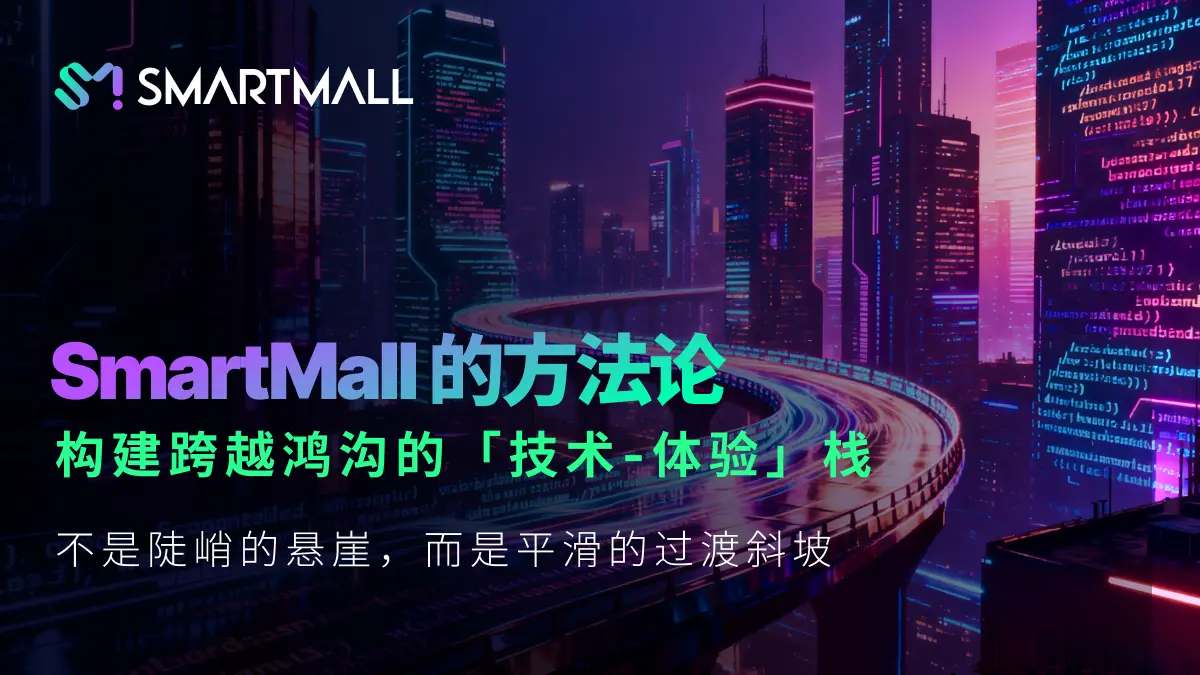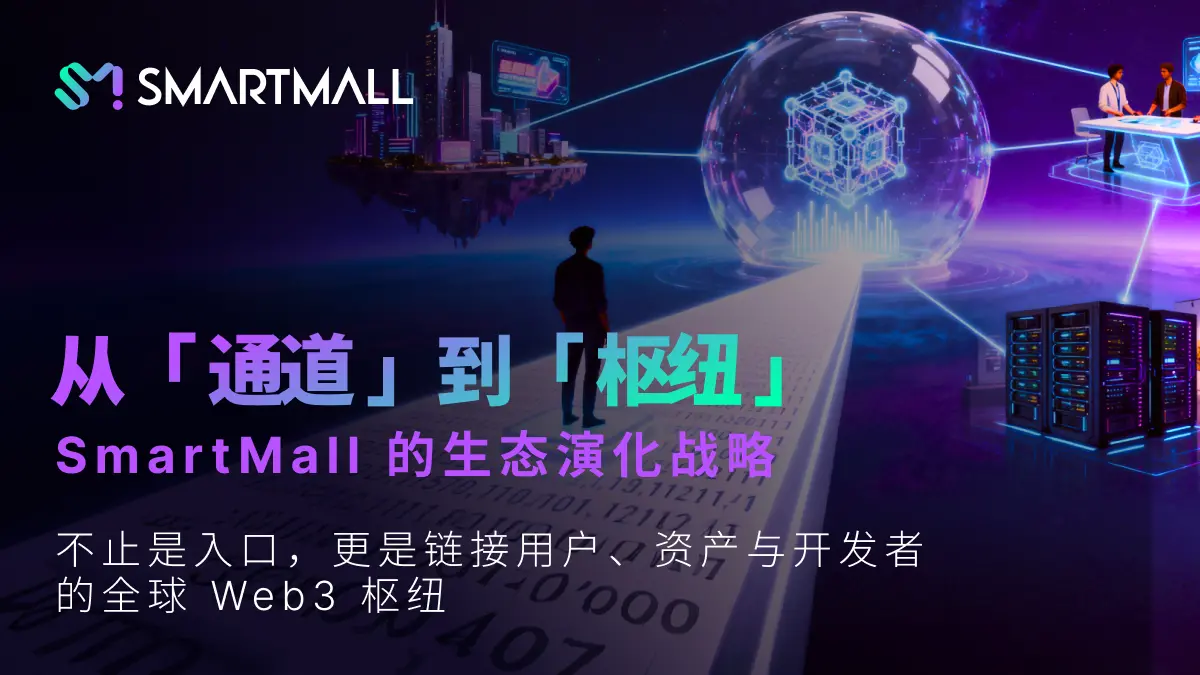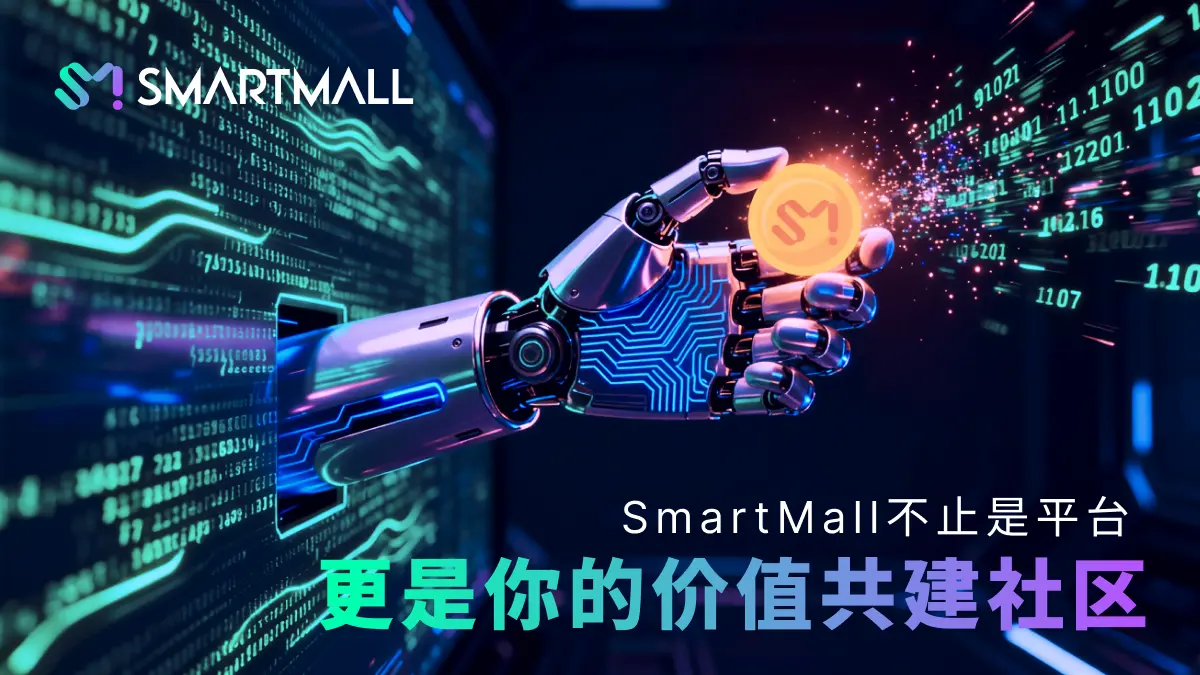I. Introduction: The Paradigm Shift of Web3 and the "Cognitive Gap" in Mass Adoption
The platform-centric model of the Web 2.0 era has built an efficient and convenient digital life, but at the cost of user data sovereignty and the value monopoly of centralized platforms. The emergence of Web3, with its core features of decentralization, user ownership, and composability, aims to reconstruct the underlying value distribution logic of the internet. It utilizes native tools such as smart contracts, decentralized autonomous organizations (DAOs), and non-fungible tokens (NFTs) to return sovereignty in the digital world to creators and users.
However, despite the attractive blueprint painted by Web3, it faces significant resistance in transitioning from early adopters to mainstream users. This resistance can be understood through Geoffrey Moore's classic theory, referred to as the "cognitive gap." This gap is not merely a technical challenge but a complex entity that primarily includes three levels:
Technical Barriers: For users accustomed to the seamless experience of Web2, the native interactions of Web3, such as private key management, mnemonic phrase backup, gas fee mechanisms, and wallet plugin interactions, create a high entry threshold. Each step harbors the risk of asset loss, forming a strong deterrent effect on users.
User Experience Friction: Most current DApps (decentralized applications) are still in the "functionality realization" stage, showing significant gaps in response speed, operational intuitiveness, and user guidance compared to Web2 applications. This sense of disconnection in experience makes it difficult for users to form sustained usage habits.
Value Perception Bias: The core values of Web3—such as the significance of on-chain governance, the incentive mechanisms of token economies, and the importance of decentralized identity (DID)—are too abstract for ordinary users. In the absence of intuitive perception and value feedback, users struggle to understand its fundamental superiority over the Web2 model, leading to a lack of intrinsic motivation to transition.
Therefore, bridging this gap has become key to whether Web3 can realize its vision of "universal adoption." This requires not only continuous innovation in underlying protocols but also a group of platforms that can act as "bridge builders" to systematically close the gaps in technology, experience, and cognition. SmartMall emerges as a key practitioner in this context.
II. SmartMall's Methodology: Building a "Tech-Experience" Stack to Bridge the Gap
In the face of the aforementioned challenges, SmartMall does not adopt a single-point breakthrough strategy but instead constructs a multi-layered, systematic "tech-experience" stack, aiming to provide Web2 users with a smooth transition slope rather than a steep cliff.
2.1 User Experience Abstraction Layer: Encapsulating Underlying Complexity
SmartMall's primary strategy is to build an efficient user experience abstraction layer. The core idea is to encapsulate the complex interactions of the blockchain's underlying layer and present users with a simple, familiar, and easy-to-understand front-end interface.
Through its modular design, the platform transforms complex on-chain behaviors such as staking mining, NFT trading, and DApp services into click-based interaction modules commonly found in Web2 applications. This design significantly reduces the cognitive load on users, allowing them to participate safely and conveniently in Web3 economic activities without needing to become blockchain experts. Essentially, it inserts a "translator" and "security guard" between users and the complex protocol layer, which is a necessary prerequisite for achieving smooth user guidance.
2.2 Incentive-Compatible Token Economic Model: Driving Behavior and Value Alignment
If the experience abstraction layer addresses the question of "can it be used," then SmartMall's token economic model aims to answer the core question of "why use it." Its innovative "dual-turbine reward system" is a typical incentive-compatible design.
First Turbine: Short-term behavior incentives. Users receive immediate feedback rewards for actions such as promotions and participation in activities. This utilizes principles from behavioral economics, effectively driving user growth and the early formation of network effects through short-term positive incentives.
Second Turbine: Long-term value binding. By engaging in deeper behaviors such as staking and governance participation, users can share in the long-term value of the platform's growth. This not only enhances user conversion costs and loyalty but, more importantly, deeply binds individual user interests with the overall interests of the ecosystem, transforming users from mere "speculators" into "value co-creators."
This combination of short- and long-term incentive design forms a powerful growth flywheel, achieving a self-consistent closed loop in the three key areas of user acquisition, activation, and retention, providing sustained economic momentum to bridge the gap.
2.3 Multi-Chain Architecture: Achieving Interoperability and Scalability
In the current multi-chain industry landscape, the limitations of a single public chain are becoming increasingly apparent, often forcing users to make trade-offs in the blockchain trilemma. SmartMall proactively adopts a multi-chain deployment strategy, essentially providing better solutions for users and developers.
For users, multi-chain means the ability to flexibly choose operational environments based on their needs (such as transaction costs, speed, and specific ecosystems) and achieve seamless cross-chain asset flow, greatly enhancing interoperability and capital efficiency. For the platform, a multi-chain architecture not only disperses the risks of a single underlying facility but also opens up possibilities for collaboration with a broader ecosystem, laying the foundation for SmartMall's evolution from an independent platform to a networked "ecosystem hub."

III. From "Channel" to "Hub": SmartMall's Ecosystem Evolution Strategy
SmartMall's ambition goes beyond becoming a simple Web3 "entry point" or "channel"; its deeper strategic goal is to evolve into a powerful ecosystem "hub" that integrates users, assets, and developers, with strong network effects.
3.1 DAO Governance: Organizational Transformation from Users to Stakeholders
SmartMall views DAO governance as the ultimate form of its ecosystem construction. This is not merely about granting users voting rights but represents a profound organizational transformation. Through the DAO, the platform will gradually transfer core decision-making powers, such as protocol parameter modifications, treasury fund usage, and development roadmap planning, to the community. This will foster a new social contract based on consensus between the platform and its users. Users will no longer be passive consumers of the platform but stakeholders with actual voice and ownership, fundamentally addressing the agency problem of Web2 platforms and providing assurance for the long-term resilience and anti-fragility of the ecosystem.
3.2 NFTmall: The Visualization of Digital Asset Ownership and Value Discovery
The upcoming NFTmall is a key component of SmartMall's ecosystem strategy. It is not only a functional supplement that caters to market trends but also a visualization of the core Web3 concept of "user ownership." NFTs provide users with a perceivable and unique digital asset carrier. Through NFTmall, SmartMall can:
Lower the cognitive threshold of the concept of ownership: Users can intuitively experience true ownership and transferability of digital assets through collecting and trading NFTs.
Enrich economic activities within the ecosystem: As a unique asset class, NFTs can undergo composable innovations with DeFi protocols (such as NFT staking and lending), injecting new liquidity and vitality into the ecosystem.
Build cultural and community identity: NFTs are powerful community-building tools that can form a highly cohesive community culture around shared aesthetics, values, and identity.
3.3 Developer Ecosystem: Empowering Permissionless Innovation at the Protocol Level
The prosperity of an ecosystem ultimately depends on its attractiveness to builders. SmartMall is committed to providing a low-threshold, high-efficiency innovation environment for global developers through open-source technology and protocol standardization. By offering modular APIs and SDKs, developers can easily engage in permissionless innovation on SmartMall's liquidity and user base, building new DApps and services. This will greatly enrich the platform's application scenarios and, through composability, ignite "Lego-style" innovation within the ecosystem, ultimately forming a positive cycle of win-win for developers, users, and the platform.

IV. Conclusion: SmartMall as Infrastructure and the Future of Universal Web3
In summary, SmartMall's practice goes far beyond that of a single application. It systematically addresses the "cognitive gap" hindering the mass adoption of Web3 through its carefully designed "tech-experience" stack.
As a "bridge builder," it lays a solid and gentle bridge through the user experience abstraction layer and friendly economic model, allowing hundreds of millions of Web2 users to safely and cost-effectively enter the world of Web3.
As a "navigator," it points users and developers toward a future direction of true decentralization and user ownership through the ultimate design of DAO governance and an open ecosystem strategy.
The value of SmartMall lies in its approach of not forcing users to adapt to the complexities of Web3 but rather enabling Web3 technology to better serve users. Its role is akin to that of early internet browsers or operating systems—a key infrastructure that shields users from underlying complexities, empowers upper-layer applications, and connects vast numbers of users.

Looking ahead, the arrival of a universal Web3 era will depend on how many "bridges" like SmartMall are successfully built. When crossing the cognitive gap is no longer an exploration for a few adventurers but becomes the daily migration of mainstream users, a truly user-owned, co-built, and shared value internet era will have truly arrived.
免责声明:本文章仅代表作者个人观点,不代表本平台的立场和观点。本文章仅供信息分享,不构成对任何人的任何投资建议。用户与作者之间的任何争议,与本平台无关。如网页中刊载的文章或图片涉及侵权,请提供相关的权利证明和身份证明发送邮件到support@aicoin.com,本平台相关工作人员将会进行核查。




